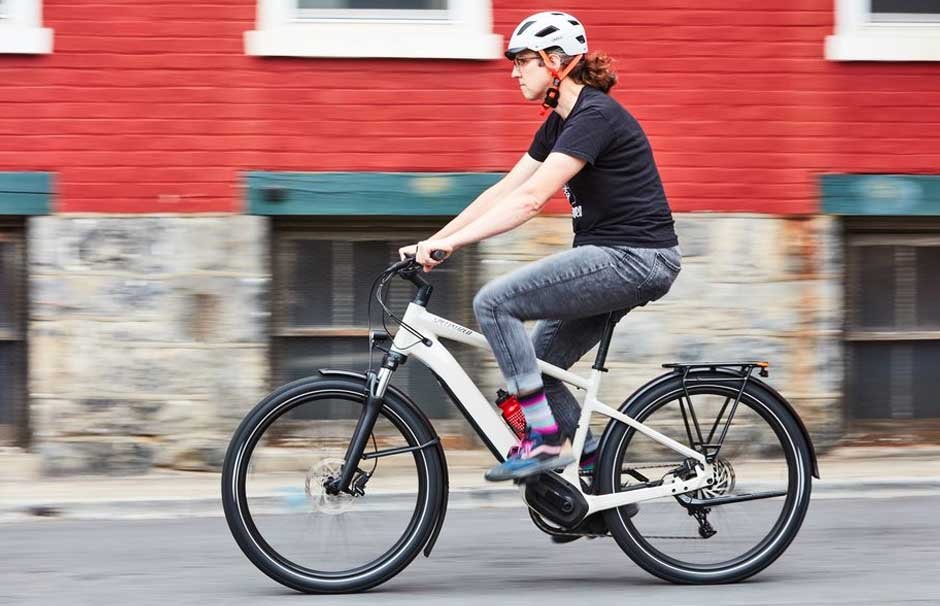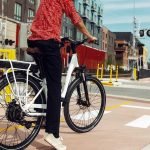Electric bicycles, more commonly known as eBikes, are quickly gaining popularity among commuters and recreational riders alike. Offering a convenient alternative to traditional cycling and walking while maintaining the advantage of being eco-friendly, eBikes appeal to a wide range of users. In this article, we’ll delve into the speed capabilities of eBikes, touching on different eBike types and their varying speeds, as well as regulations surrounding eBike usage. We’ll also provide tips for maintaining your eBike and ensuring safe riding at high speeds.
Understanding eBikes
eBikes are essentially standard bicycles with one key difference: their integrated electric motor that can provide varying degrees of pedal assistance, allowing riders to travel at faster speeds with less physical exertion. As urban congestion and concerns about air pollution rise, eBikes have become an attractive alternative for those who are seeking a greener and more efficient mode of transportation.
Types of eBikes and Their SpeedCapacities
There are three primary classifications of eBikes, each with its own unique speed capabilities:
- Class 1: Pedal-assist eBikes
These eBikes offer assistance only while the rider is actively pedaling, with the motor typically cutting out at speeds of around 28 kilometers per hour (17 miles per hour).
- Class 2: Throttle-assisted eBikes
These eBikes feature a throttle that allows riders to travel solely on electric power, without the need to pedal. The motor’s assistance typically caps out at 32 kilometers per hour (20 miles per hour).
- Class 3: Speed Pedelecs
The fastest eBike class, Speed Pedelecs can provide motor assistance up to speeds of 45 kilometers per hour (28 miles per hour). However, riders must wear helmets to comply with regulations in many jurisdictions.
There are also various eBike models with different motor power capabilities, such as the 1000w folding electric bike Maxfoot MF-19. This eBike model boasts a powerful 1000w motor and can achieve a top speed of 37 kilometers per hour (23 miles per hour).
eBike Regulations: Speed Limits by Country and State
Different countries and states have their own regulations regarding eBike usage, which directly impact top speed limits:
- United States: Federal eBike regulations classify electric bicycles with a maximum assist of 32 kilometers per hour (20 miles per hour) and 750 watts of motor power as ‘eBikes.’ However, specific laws and regulations can vary greatly by state.
- European Union: eBikes are limited to a top assist speed of 25 kilometers per hour (15 miles per hour), and their motors must not exceed 250 watts. Speed Pedelecs require a helmet and registration in certain EU countries.
- Canada: eBike regulations differ between provinces, but most territories set the top speed limit at 32 kilometers per hour (20 miles per hour) and require electric bicycles to have a maximum motor power of 500 watts.
Always ensure that you are familiar with local eBike regulations, as they may differ significantly between jurisdictions.
Conclusion
It is remarkable to consider the rapid advancements in electric bike tech like Ebikes that are available to everyday riders. Although eBikes are a great alternative for those looking for an exciting and exceptional riding experience, users must always be mindful of speed limits. As technology continues to evolve and provide us with faster and more efficient forms of transportation, the options available range from high speed sports cars to the sleek and stylish folding electric bike. The advantage? You can take your ebike anywhere! Whether it’s touring busy city streets or taking in some countryside scenery on a leisurely ride, this type of vehicle offers something for everyone’s style and preference. Embrace the modern forms of transportation that are both fast and efficient while still having initiatives that act as stewards for our environment; all neatly packaged into one beautiful ride – the Ebike folding electric bike!
















